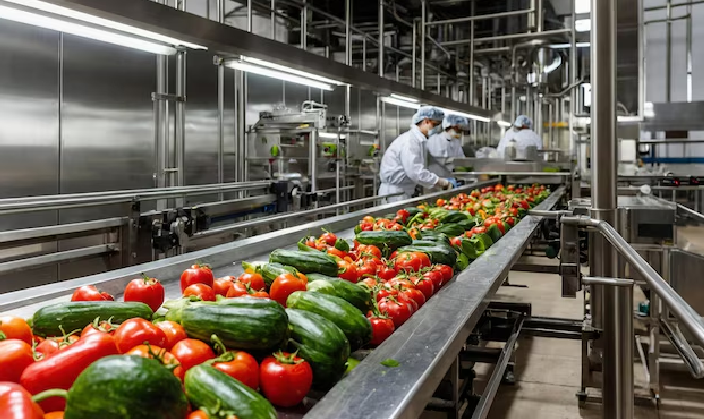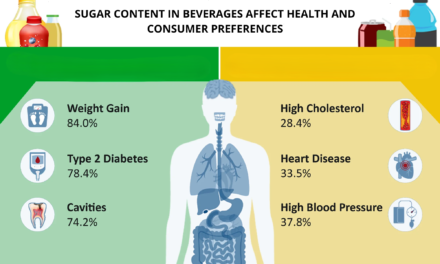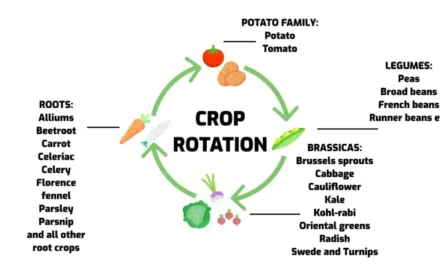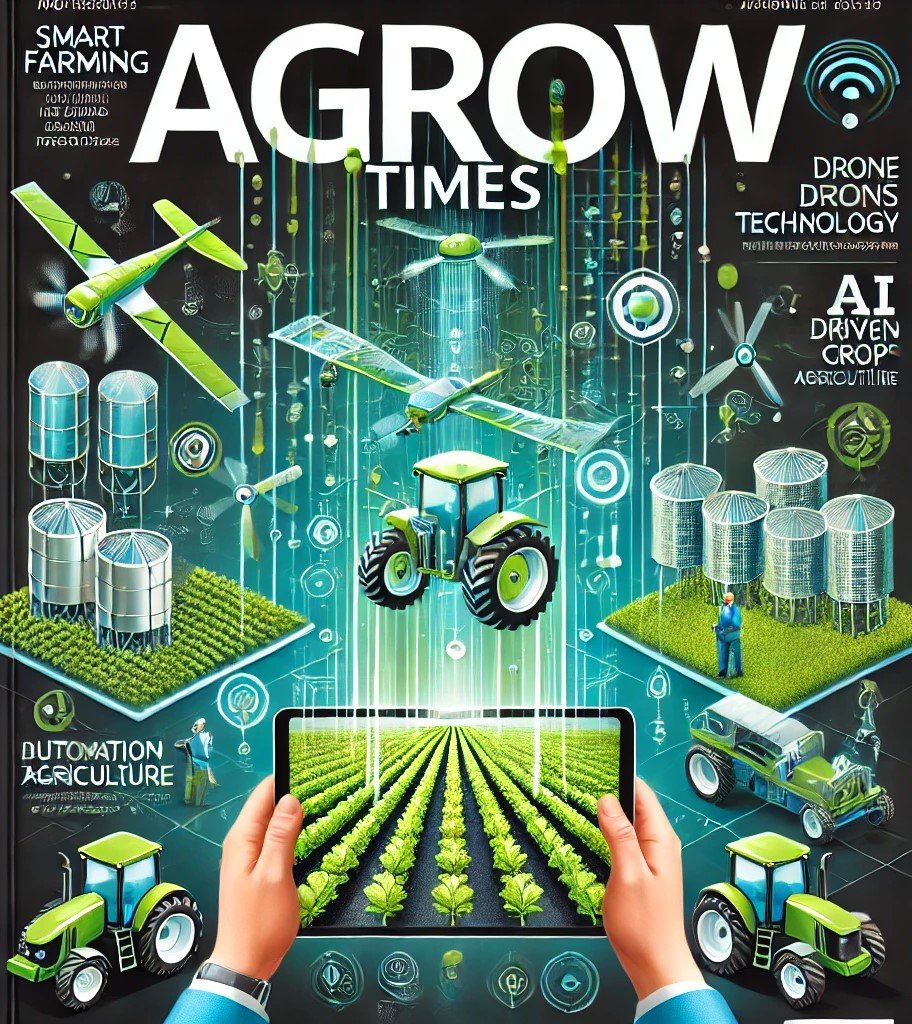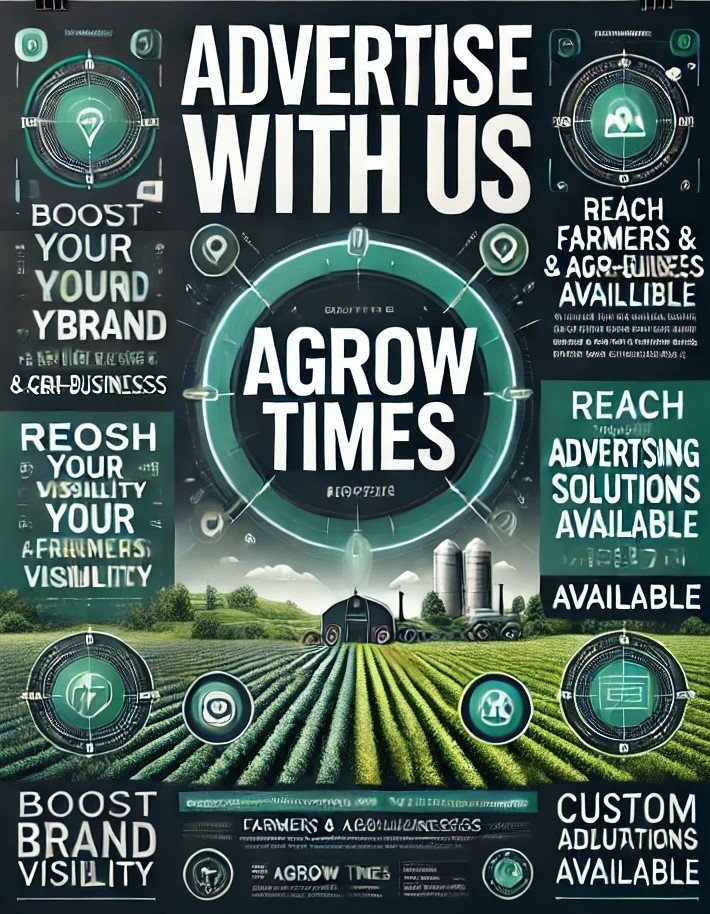The future of food processing methods and packaging in the agricultural industry will be shaped by technological advancements, sustainability concerns, and changing consumer preferences. Here are some key trends and developments likely to influence the evolution of food processing and packaging:
1. Advancements in Food Processing Technologies
- High-Pressure Processing (HPP): This method uses high pressure instead of heat to preserve food, which helps retain nutrients, flavor, and texture. HPP is expected to become more widespread as consumers seek minimally processed foods with higher nutritional value.
- Cold Pasteurization: Technologies like ultraviolet (UV) light and pulsed electric fields (PEF) will be increasingly used to kill bacteria and other pathogens without the use of heat, helping maintain the freshness and nutritional integrity of food products.
2. Sustainable and Eco-Friendly Packaging
- Biodegradable and Compostable Materials: There will be a greater focus on using packaging materials that are biodegradable or compostable, reducing reliance on single-use plastics. Innovations in plant-based plastics, edible packaging, and biodegradable films will likely be part of this trend.
- Edible Packaging: As part of sustainability efforts, the development of edible packaging made from natural ingredients (e.g., seaweed, rice, or starch) will become more viable. This not only reduces waste but could also add nutritional value to the food.
3. Preserving Nutritional Value
- Minimal Processing: Consumers’ growing demand for healthier, less-processed foods will drive the development of food processing methods that preserve the nutritional value of ingredients. Techniques like freeze-drying and dehydration are expected to expand, as they retain nutrients better than traditional heat-based methods.
- Nutrient Retention through Advanced Technologies: The use of innovative processing methods, such as microwave-assisted processing and infrared radiation, will become more widespread. These methods can reduce nutrient loss while enhancing food safety and quality.
4. Plant-Based and Alternative Protein Products
- Cell-Based and Lab-Grown Foods: The growing interest in plant-based and lab-grown alternatives will drive innovations in food processing, especially in creating realistic meat substitutes from plant proteins, fungi, or algae. These products will require sophisticated processing to replicate the texture and flavor of animal-based products.
- Precision Fermentation: In addition to plant-based meat alternatives, precision fermentation is expected to play a key role in developing new types of food products, including dairy-free cheeses, egg alternatives, and cultured dairy products, without the environmental costs of traditional farming.
5. Personalized Nutrition and Functional Foods
- Tailored Processing for Health: Food processing will be increasingly aimed at creating personalized nutrition products, with the use of data and AI to customize foods based on an individual’s health needs or preferences. Functional foods, which offer added health benefits such as probiotics, vitamins, and minerals, will continue to grow in popularity.
- Fortification and Biofortification: In response to global malnutrition concerns, food manufacturers will likely focus on fortifying everyday foods with essential nutrients. Additionally, biofortification (using genetic modification to increase the nutritional value of crops) could lead to the production of more nutrient-dense food products.
6. Sustainability in Manufacturing
- Energy-Efficient Processing: The future of food processing will involve the widespread adoption of energy-efficient technologies. Manufacturers will seek ways to reduce energy consumption and minimize their carbon footprint. Solar power, wind energy, and other renewable sources are likely to play an increasingly important role in powering food processing plants.
- Waste Reduction and Circular Economy: Food manufacturers will focus on reducing food waste at all stages of production, from farming to processing to packaging. Innovations in upcycling by-products into new food products, animal feed, or biofuels will help close the loop and reduce waste in the food supply chain.
7. Supply Chain Transparency and Traceability
- Blockchain Technology: Blockchain will become more common in the agricultural products manufacturing industry, enhancing traceability in the supply chain. This technology will allow consumers to trace the journey of their food, ensuring transparency in sourcing, processing, and packaging, and building trust in the food industry.
- Smart Labels and QR Codes: As part of the demand for more transparency, food packaging will include smart labels or QR codes that provide consumers with detailed information about the product’s origins, ingredients, nutritional content, and processing methods.
8. Alternative Processing Methods
- Non-Thermal Technologies: Methods such as pulsed electric fields (PEF), cold plasma treatment, and ultrasonic waves will see growth in food processing. These methods offer the potential for food preservation without compromising nutritional quality, flavor, or texture, offering an alternative to traditional heat-based processing.
- 3D Food Printing: 3D printing is an emerging technology that could revolutionize food manufacturing by allowing custom food shapes, textures, and even personalized nutrition. This technology could be used for creating customized meals or specialized food products tailored to dietary needs.

